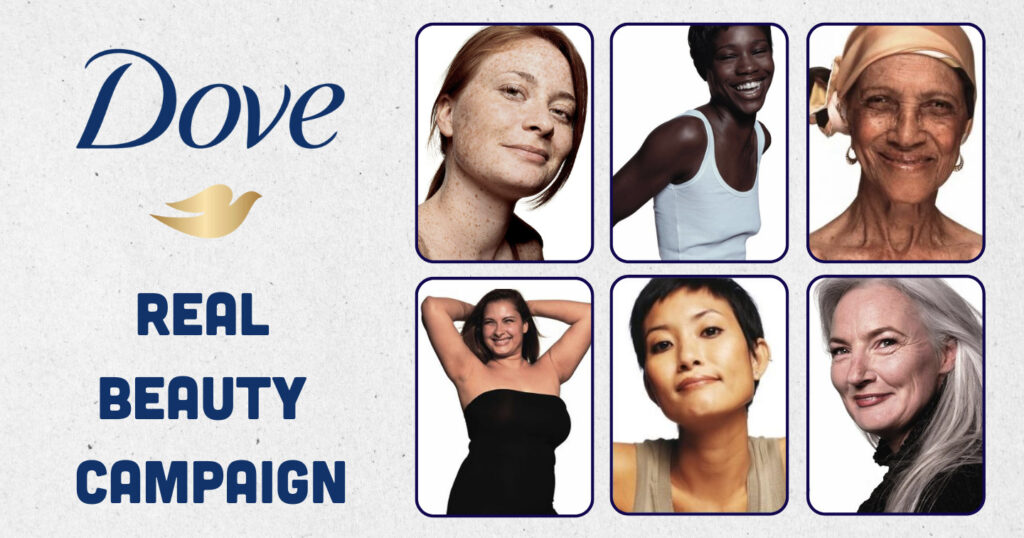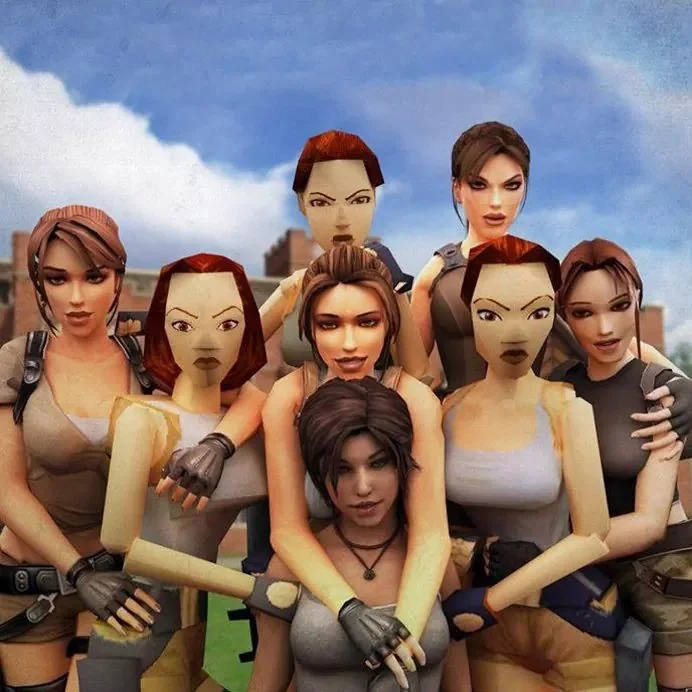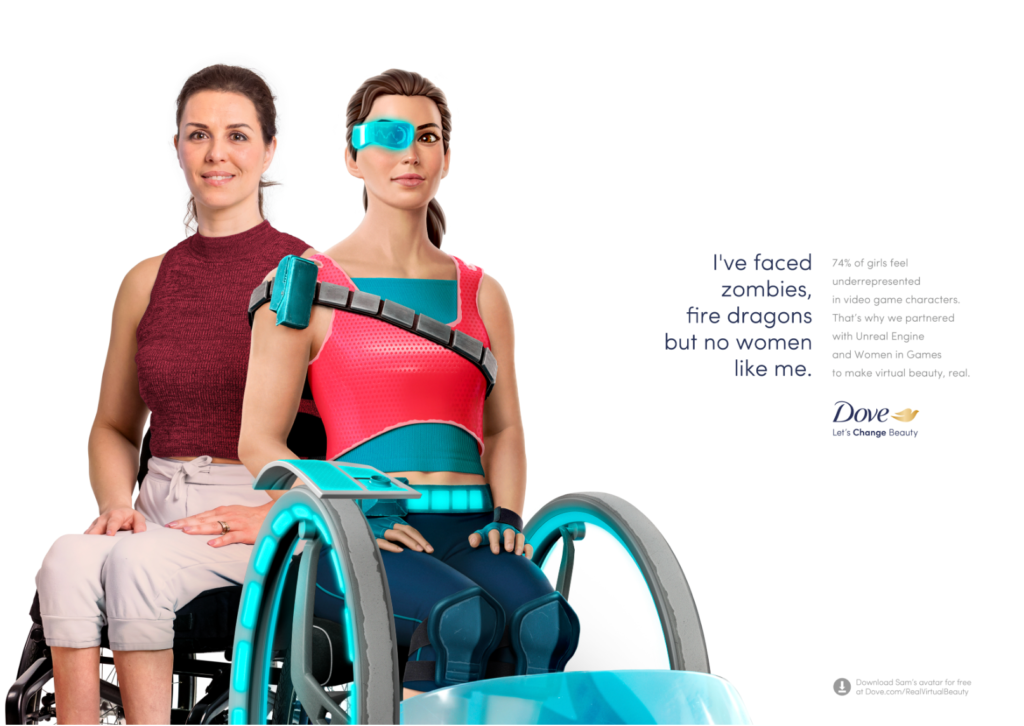Note: This is a repost of the Gaming Marketing Institute’s original article.
The third installment of the marketer’s guide to gaming culture picks up where the second part left off.
Where the following explains how Unilever’s Dove beauty brand connected with the worldwide gaming community through cultural branding.
If you’re new to gaming, please complete the gaming marketing dictionary before continuing. Since you need an understanding of certain terminology to proceed.
What is cultural branding?
In 2004, Dove launched the “Real Beauty” campaign, a pioneering initiative that sought to challenge and redefine traditional beauty standards.
Instead of featuring professional models seen in most beauty advertisements, Real Beauty featured real women. The strategy showcased a diverse range of body types, ages, and ethnicities.
The campaign was a breakthrough success. Where the Dove Real Beauty Sketches – a three-minute film short – is the most viewed video ad on YouTube with over 165 million views.
The same film won 19 awards at Cannes Lions. Dove’s revenues also jumped from $2.5 billion to $4 billion in the campaign’s first ten years.

Real Beauty, which is still deeply relevant 20 years later, sought to redefine beauty standards that leave many women feeling inadequate or insecure.
Beauty standards have long been dictated by society through media and entertainment. These societally prescribed values exist within a cultural worldview, which is how members of a culture view the world.
Unfortunately, things like unattainable standards of beauty are also part of these worldviews.
Along those lines, a cultural brand strategy merges a target audience’s worldview with a brand’s identity.
Where Real Beauty’s cultural branding deepened connections, enhanced market presence, and increased conversion rates.
Bias in gaming explained
Cultural branding taps into the same worldviews which also affect virtual worlds.
That’s because gaming audiences come from all over the world and are influenced by so many different cultures.
Where the gaming community is not a mythical place unaffected by mainstream culture and society.
Rather, gaming behaviors provide an opportunity to express (pre-existing) bias. They are not the (sole) source of bias, however.

To demonstrate, in 2024, the British Academy of Film and Television Arts (BAFTA) revealed that Lara Croft, star heroine of the Tomb Raider franchise, topped their top 20 list of video game characters.
However, Lara Croft’s early origins were, as Adrian Smith, one of her creators, described in a 2000 interview, “frail … someone you’ll want to protect and nurture.”
Once again, Tomb Raider games did not cause this worldview. However, the related bias heavily influenced Lara Croft’s early representations.
Dove’s cultural branding in gaming
In 2022, Dove launched Real Virtual Beauty. The program leveraged cultural branding to positively impact how women see themselves, and fight bias, in playable worlds.
“So often, female characters in games play into a narrow, stereotypical representation of beauty, or are heavily sexualised – and it’s affecting women and girls’ self-esteem.” — Dove on Real Virtual Beauty
The strategy stemmed from Dove’s research which showed:
- 60% of teen girls began gaming by age 10
- 74% of girls wish characters in video games looked more like women in real life
- 62% of women feel misrepresented in gaming
So, Real Virtual Beauty committed to building a global character art collection that better represents female charactersin virtual worlds. Game developers are able to access the collection, free of charge.

The initiative also includes an online course designed to educate developers, creators and artists about beauty and diversity in gaming.
Dove’s cultural branding is effective because video games are fluid experiences.
The same experiences can also positively impact how people see themselves and others.
For example, a study published in the November 2014 Games for Health Journal suggested that gameplay can reduce implicit bias by effectively inducing empathy.
That’s why, over 20 years later, Lara Croft is being reframed as a feminist icon. One which Brianna Wu, a former game developer and congressional candidate, described in a 2018 Vox interview, “I know I identify fiercely with her — and I’m not the only one.”
Likewise, Dove is shaping those playable experiences by providing tools for healthier and more diverse beauty representations. A strategy which amplifies Real Beauty’s overall mission of boosting self-esteem and confidence for all women.
Conclusion
- A worldview is a set of culturally prescribed ideas and premises.
- Cultural branding taps into worldviews to inspire action.
- Lara Croft’s early virtual representations demonstrate that bias in cultural worldviews affect game experiences.
- Brands and marketers can also positively impact worldviews through game experiences.
- Dove employed cultural branding to address unrealistic beauty standards in video games.
If you like this content, please subscribe to the Gaming Marketing Institute’s YouTube channel for more insights!
